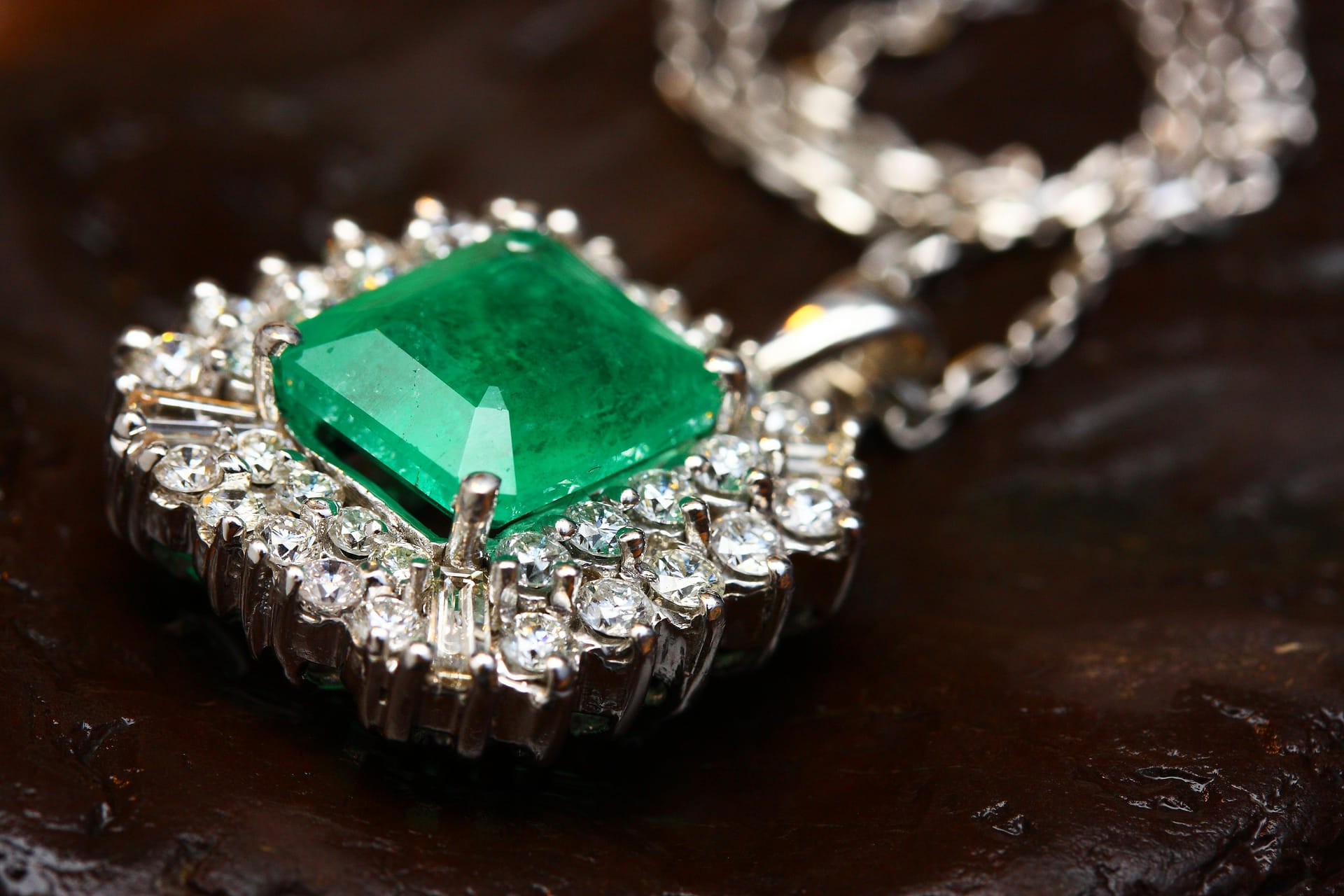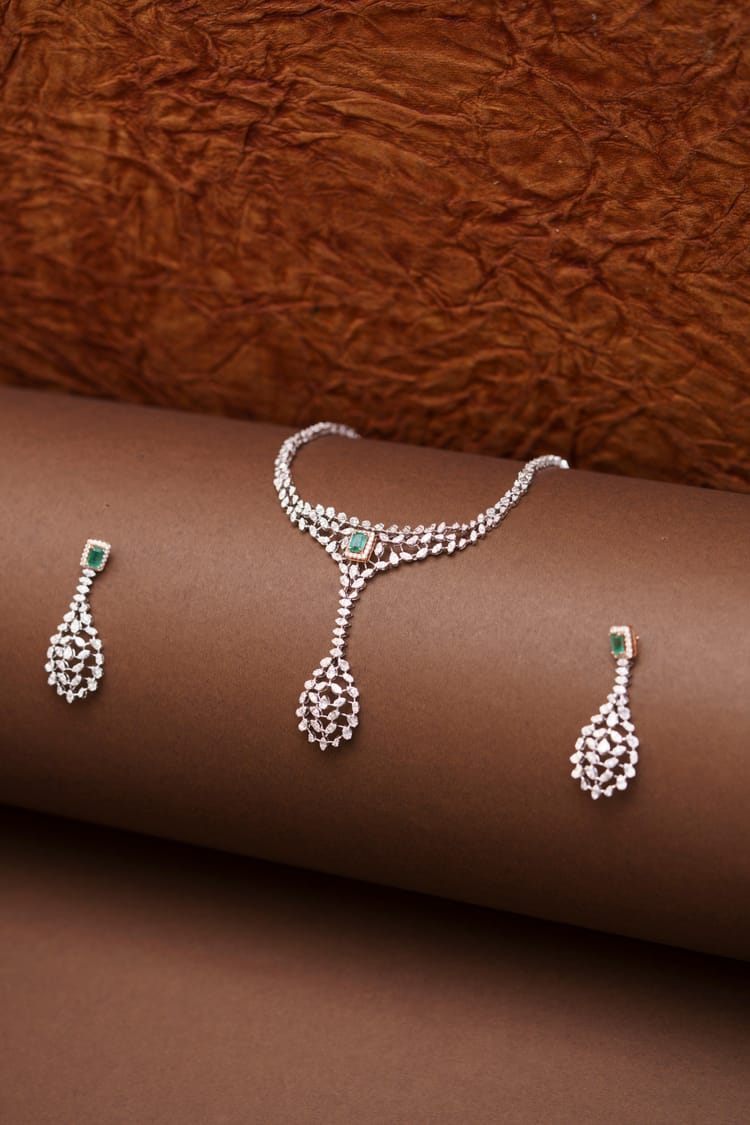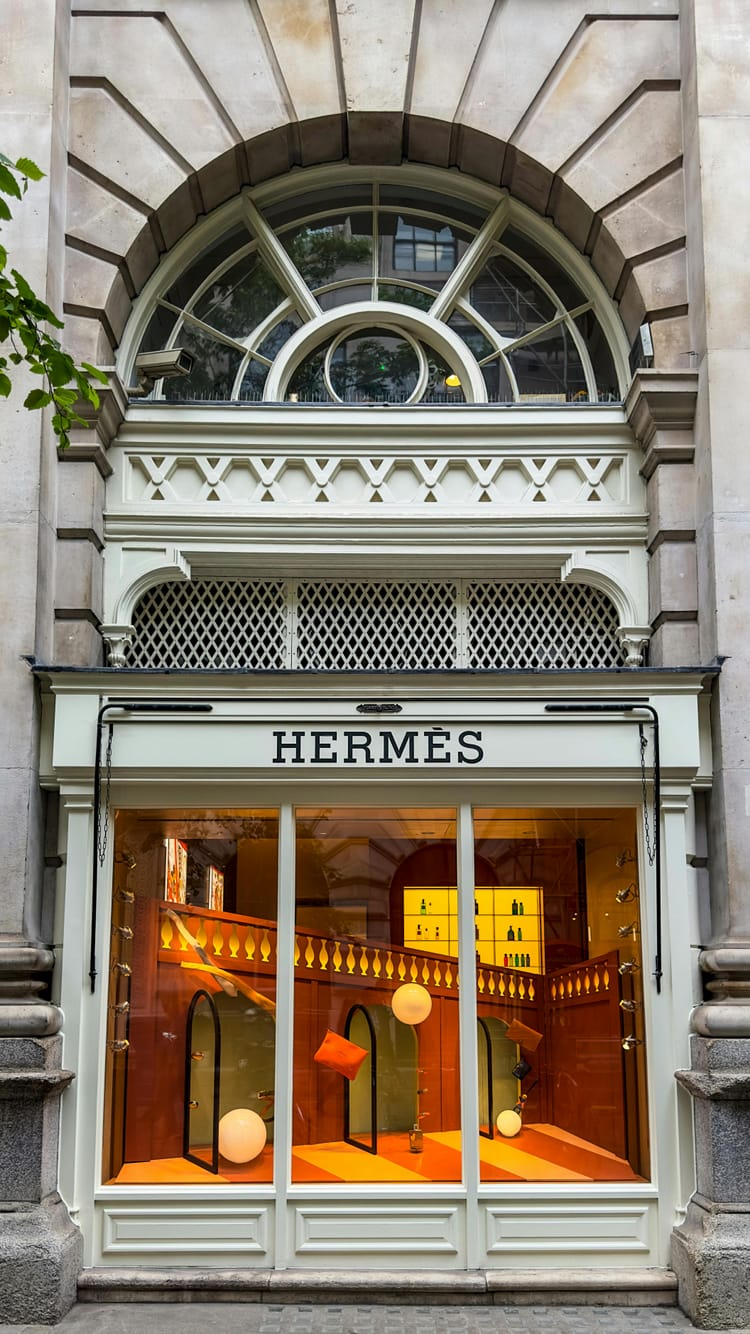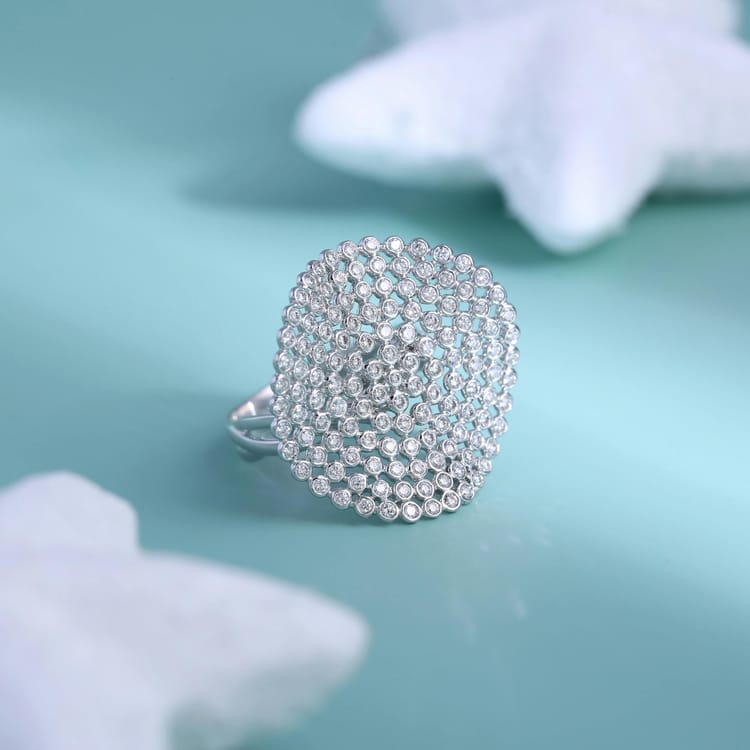How to Read a GIA Certificate Like a Pro: A Luxury Buyer’s Guide

When investing in fine diamonds, one of the most important tools at your disposal is a GIA certificate. Issued by the Gemological Institute of America, the GIA report is considered the gold standard in diamond grading. But how do you really read a GIA certificate like a pro?
Whether you're a high-net-worth individual, a luxury jewelry buyer, or a diamond collector, understanding this report can help you make confident, informed purchases.
🔍 What Is a GIA Certificate?
A GIA certificate (or GIA Diamond Grading Report) is an independent, objective assessment of a diamond’s quality. It provides key data about the diamond’s:
- Carat weight
- Cut
- Color
- Clarity
- Proportions
- Finish
- Fluorescence
- Laser inscription (if applicable)
💎 1. The 4Cs: Carat, Cut, Color, Clarity
These four elements are the foundation of the diamond’s quality and value:
- Carat Weight: The size and weight of the diamond (1.00 ct, 2.50 ct, etc.)
- Cut Grade: Ranges from Excellent to Poor. This affects how much the diamond sparkles.
- Color Grade: D (colorless) to Z (light yellow). D-F is preferred for luxury buyers.
- Clarity Grade: From Flawless (FL) to Included (I1-I3). VS1 and above are ideal for investment.
📌 Pro Tip: Always prioritize Cut—it has the most impact on the diamond’s brilliance.
📐 2. Diamond Proportions and Measurements
This section includes the diamond’s depth, table percentage, crown height, pavilion depth, and more.
- Ideal proportions = more brilliance.
- Look for symmetry and balance in these figures.
📝 3. Polish and Symmetry
Both are graded from Excellent to Poor.
- Polish refers to the quality of the diamond’s surface.
- Symmetry looks at how well facets are aligned.
Luxury buyers often prefer Excellent/Excellent for polish and symmetry.
4. Fluorescence
This indicates how the diamond reacts under UV light. It’s graded from None to Very Strong.
- Some collectors avoid strong fluorescence in D-F color diamonds.
- In G-H or lower, faint fluorescence can actually enhance beauty.
🔎 5. Inscriptions and Laser ID
Some diamonds come with a laser-inscribed GIA report number on the girdle (visible under magnification). This adds an extra layer of authenticity and traceability.
🧾 6. GIA Report Number & QR Code
At the top of the report, you’ll find the GIA report number, which can be verified on the official GIA website. The QR code offers quick digital access to your diamond's details.
✨ Final Thoughts: Why It Matters in the Luxury World
Reading a GIA certificate like a pro means you’re not just buying a beautiful diamond—you’re making a strategic luxury investment. Knowing how to interpret each detail helps you assess value, avoid overpaying, and appreciate the craftsmanship behind each stone
From couture to castles, superyachts to rare timepieces—join our private list to receive curated insights from every corner of the luxury world.







Member discussion